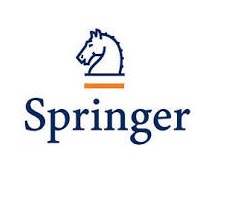6 Conclusion
There is increasing academic interest in the long term impact of marketing policies and the perils of myopic behavior on the part of managers and decision makers. In this work, we take a forward looking perspective on the pricing decision of multiproduct firms and examine the effect of demand choice dynamics that reflect consumers’ tendency to stay loyal to a firm when choosing between multiple sub-brands of a broader umbrella brand. We examine a product category, refrigerated yogurt, where consumers’ choices depend not only on past choices of specific product alternatives but also on past choices of the parent brands. Such cross-sub-brand state dependence, for repeatedly purchased goods, generates meaningful dynamics with non-trivial implications for equilibrium prices and profitability.
Our numerical simulations reveal that state dependence to the parent brand can decrease prices and reduce profits, as well as mitigate or even reverse the benefits of joint profit maximization relative to sub-brand profit maximization. Our empirical analysis establishes the real world relevance of parent brand state dependence and confirms that moderate levels of inertia lead to both lower prices and reduced profits, though these effects are mediated and can be even reversed by asymmetries in the market positions of brands and the relative importance of sub-brand state dependence. In the yogurt category, joint profit maximization leads to higher prices and profits, relative to sub-brand profit maximization, but firms could benefit from being unaware of (or ignoring) consumer inertia as long as they all behaved similarly. If only one firm deviated towards “unawareness”, it would do so at its peril. Expressed differently, in a “naive” market, there are profitable deviations to becoming more sophisticated.








